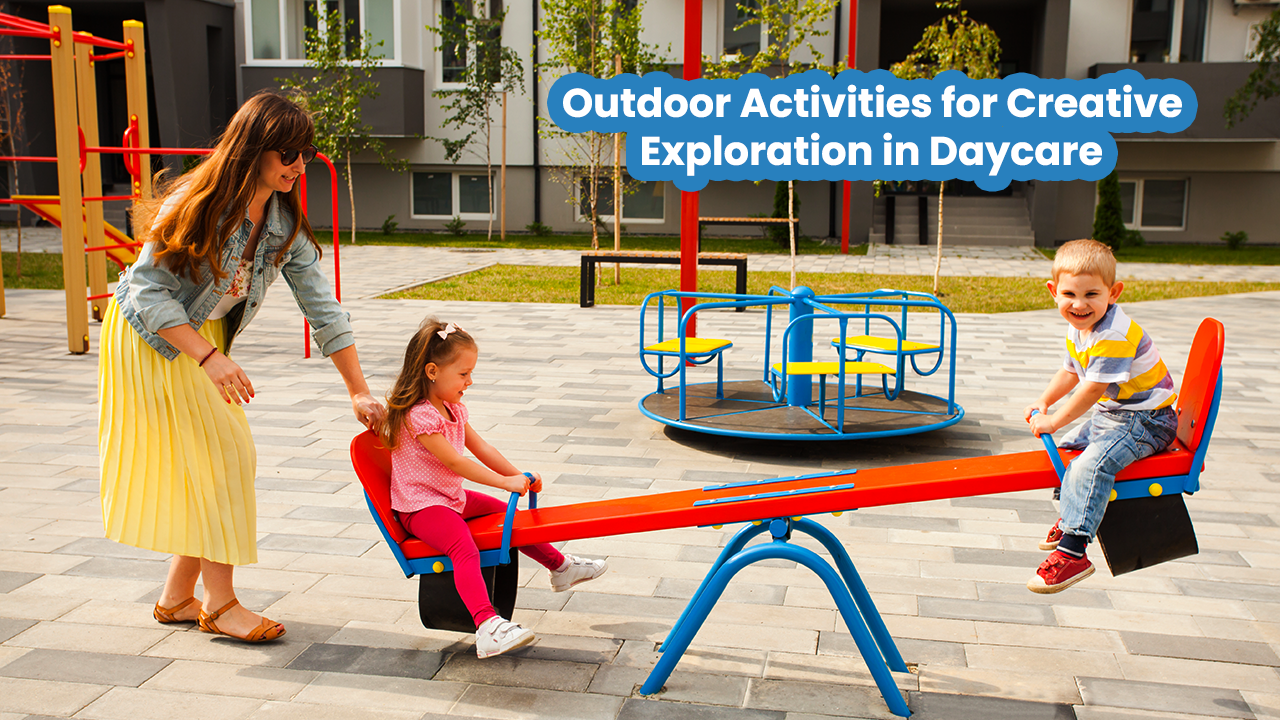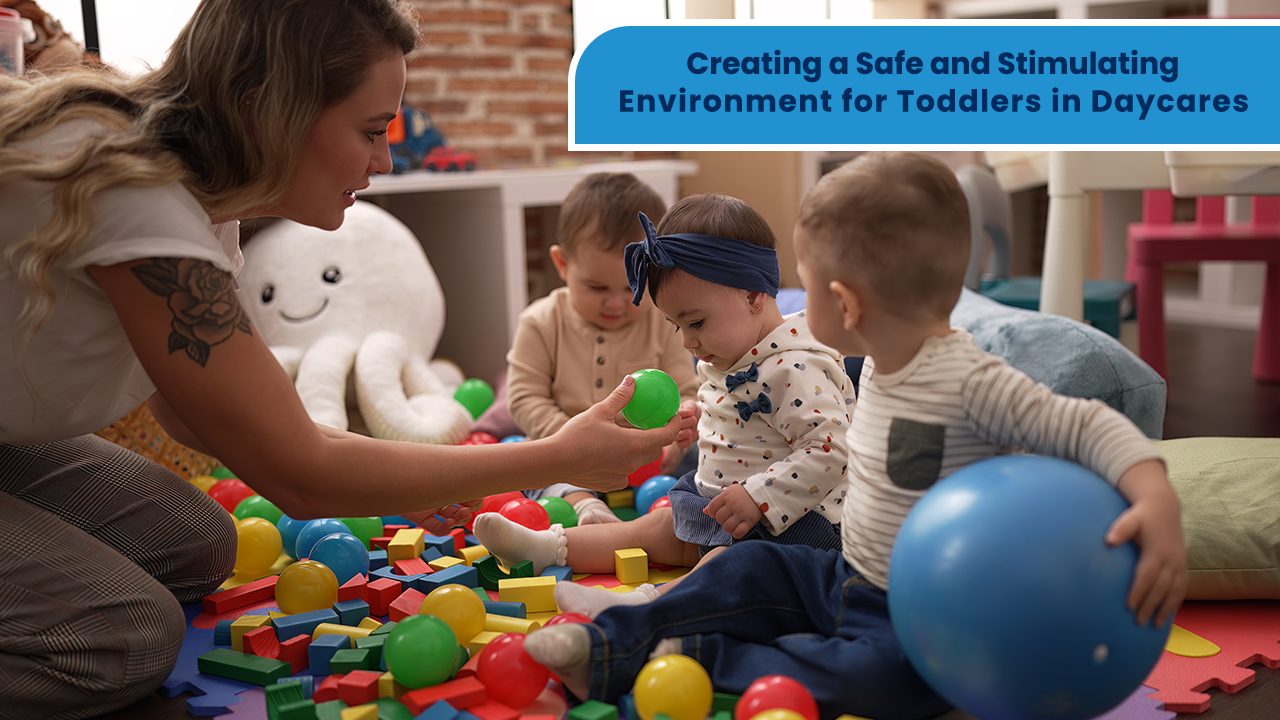
- The Importance of Team-Building Activities to Strengthen Workplace Communication
- Conclusion:
In the dynamic landscape of modern workplaces, effective communication is a cornerstone for fostering collaboration, enhancing productivity, and cultivating a positive organizational culture. One powerful avenue to bolster team communication skills is through well-designed team-building activities. These activities break down barriers, build trust, and encourage open dialogue, active listening, and mutual understanding among team members. This blog explores a range of team-building activities to strengthen workplace communication, contributing significantly to creating a cohesive and harmonious work environment.
The Importance of Team-Building Activities to Strengthen Workplace Communication
Building trust and rapport:
Team-building activities and interaction in a relaxed and informal setting help to build trust and rapport among colleagues. By sharing experiences and overcoming challenges, employees develop a deeper understanding of each other’s strengths, weaknesses, and communication styles, laying the foundation for effective collaboration and teamwork.
Improving communication skills:
Team-building activities allow employees to practice and refine their communication skills in a non-threatening environment. By engaging in problem-solving exercises, role-playing scenarios, and collaborative projects, team members develop the ability to articulate their thoughts, actively listen to others, and communicate effectively to attain shared objectives. These activities help employees become more confident communicators and enhance their ability to convey thoughts and ideas clearly and concisely.
Encouraging Collaboration and Creativity:
Many team-building activities are designed to encourage collaboration, creativity, and out-of-the-box thinking. Employees learn to leverage each other’s strengths, perspectives, and expertise to solve puzzles, complete challenges, or brainstorm solutions to achieve collective success. This collaborative mindset extends to the workplace, where team members are more likely to collaborate on projects, share innovative ideas, and support each other in achieving shared objectives.
Breaking Down Silos and Bridging Divides:
In larger organizations or departments with multiple teams, silos, and communication barriers can often hinder productivity and collaboration. Team-building activities provide a platform for breaking down silos and bridging divides between different departments or teams. Creating an enjoyable and inclusive environment that brings employees together encourages communication across departments, cultivates unity and shared objectives, and motivates employees to collaborate towards mutual goals.
Boosting Morale and Employee Engagement:
Engaging in team-building activities can positively impact employee morale and engagement. Employees connected with their colleagues and the organization by participating in enjoyable and meaningful activities. This sense of belonging and camaraderie improves job satisfaction and promotes a positive work culture where employees are motivated to collaborate, innovate, and contribute their best efforts.

10 Team-Building Activities to Strengthen Workplace Communication
Icebreaker Sessions:
Icebreaker activities create a comfortable atmosphere for interaction. Simple yet engaging icebreaker games encourage team members to share personal anecdotes, interests, and experiences, fostering connections and breaking down communication barriers from the outset.
Problem-Solving Challenges:
Collaborative problem-solving challenges require teams to work together to overcome obstacles and achieve common goals. Engaging in activities like solving intricate puzzles, participating in scavenger hunts, or tackling team-based escape room challenges fosters brainstorming, critical thinking, and efficient decision-making, all of which are vital aspects of effective communication within teams.
Role-Playing Exercises:
Role-playing exercises offer a secure environment for team members to rehearse different communication scenarios they might face in the workplace. Through role-playing customer interactions, conflict resolution scenarios, or team meetings, employees can develop active listening skills, empathy, and assertiveness, ultimately enhancing their ability to communicate effectively with colleagues and clients.
Trust-Building Activities:
Building trust among team members is crucial for fostering open and honest communication. Trust-building activities require individuals to rely on each other, communicate clearly, and demonstrate vulnerability. By promoting a sense of trust and psychological safety, these activities lay the foundation for stronger interpersonal relationships and improved team collaboration.
Communication Workshops:
Conducting customized communication workshops aimed at addressing particular communication obstacles or skill deficiencies within teams can yield significant effectiveness. These workshops may focus on active listening techniques, conflict resolution strategies, giving and receiving constructive feedback, or nonverbal communication cues. By providing team members with practical tools and methods, workshops empower individuals to communicate more effectively and confidently navigate challenging situations.
Team bonding retreats:
Organizing team bonding retreats or off-site outings allows team members to connect on a deeper level outside of the office environment. Whether it’s a day trip to engage in outdoor activities, a team-building ropes course, or a weekend retreat, these experiences foster camaraderie, build rapport, and strengthen interpersonal relationships, ultimately enhancing communication and collaboration back in the workplace.
Feedback and Reflection Sessions:
Integrating consistent feedback and reflection sessions into team-building endeavors enables team members to openly converse about their experiences, exchange insights, and offer constructive feedback to one another. These sessions cultivate self-awareness, promote accountability, and nurture a culture of ongoing improvement, facilitating the refinement and enhancement of communication skills over time.
Storytelling Circles:
Storytelling circles involve small groups of team members sharing personal or work-related stories based on specific themes or prompts. This activity encourages active listening, empathy, and vulnerability as team members take turns sharing their experiences and perspectives. Through storytelling, participants gain insights into each other’s backgrounds, values, and communication styles. The thing that fosters deeper connections and understanding within the team.
Collaborative Art Projects:
Collaborative art projects entail teams collaborating to produce artwork utilizing diverse mediums like paint, clay, or collage materials. This activity encourages creativity, cooperation, and collective problem-solving. Where team members collaborate to brainstorm ideas, allocate tasks, and bring their vision to life. As teams engage in the creative process, they learn to communicate effectively, compromise, and appreciate each other’s contributions. This fosters a sense of unity and shared purpose.
Cross-Departmental Workshops:
Cross-departmental workshops bring together employees from different departments or teams to collaborate on projects, solve challenges, or share best practices. These workshops encourage cross-functional communication, collaboration, and knowledge-sharing by mixing individuals with diverse skill sets, perspectives, and expertise. Through collaborative problem-solving exercises or brainstorming sessions, participants learn to leverage each other’s strengths. This also bridges communication gaps, and cultivates a culture of interdepartmental cooperation and synergy.
Conclusion:
Effective workplace communication is a cornerstone of organizational success, driving collaboration, innovation, and employee engagement. Incorporating diverse team-building activities strengthens workplace communication. This emphasizes trust and collaboration. Organizations can create an environment where teams thrive, ideas flourish, and relationships strengthen, ultimately propelling the business toward its goals. Learn more about the benefits of building strong teams in daycare.


